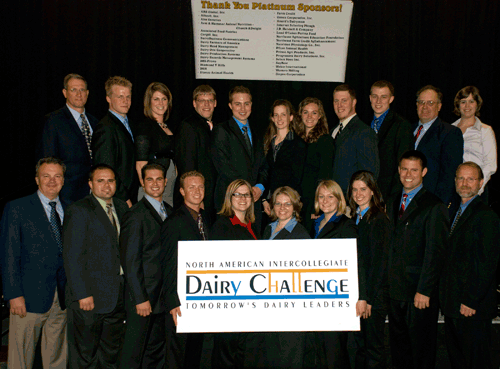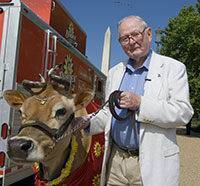Arizona immigration law: no effect on dairies so far
The firestorm of public opinion that has erupted since Arizona Governor Jan Brewer signed her state’s controversial new immigration law a week ago appears to be occurring everywhere but in Arizona.
Hollywood celebrities are disgusted, convention business is canceling, and San Francisco politicians are urging a total boycott, but things are much different in Arizona. For one thing, Brewer’s approval rating in the first public opinion poll after signing the bill skyrocketed from 40 percent to 56 percent. Also, lawmakers in at least 10 different states have either expressed support for some or all of the Arizona law or are outright considering similar legislation in their own states.
On Arizona dairies, meanwhile, the handful of producers we spoke to said not a single thing seems to have changed at their places. Employees are still showing up for work, cows are still getting fed and milked, and no one has come to them expressing any concern. All of them agreed that the situation is very much business as usual.
Most said they believe a degree of political career building by a few local officials is at work behind the legislation and wonder whether any enforcement will ever actually occur, given the potential feeding frenzy lawyers could have arguing civil rights violation claims against the state and/or counties.
In addition, they wonder if arresting illegal immigrants is actually the objective of the bill at all. Instead, they believe its passage was intended to create enough public furor and debate to light a fire under the U.S. Congress to finally make immigration reform a top legislative priority.
Labels: Arizona, immigration



